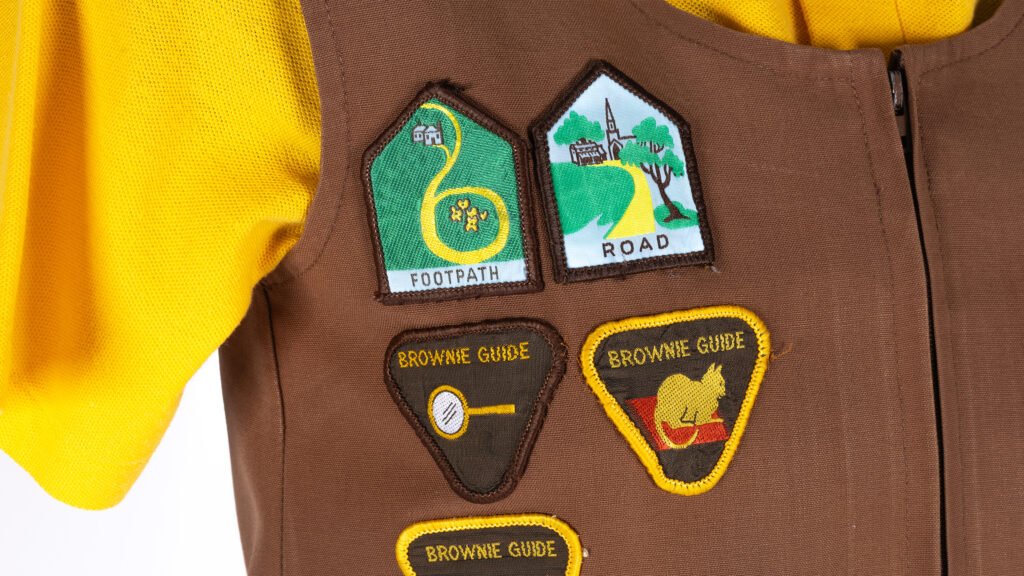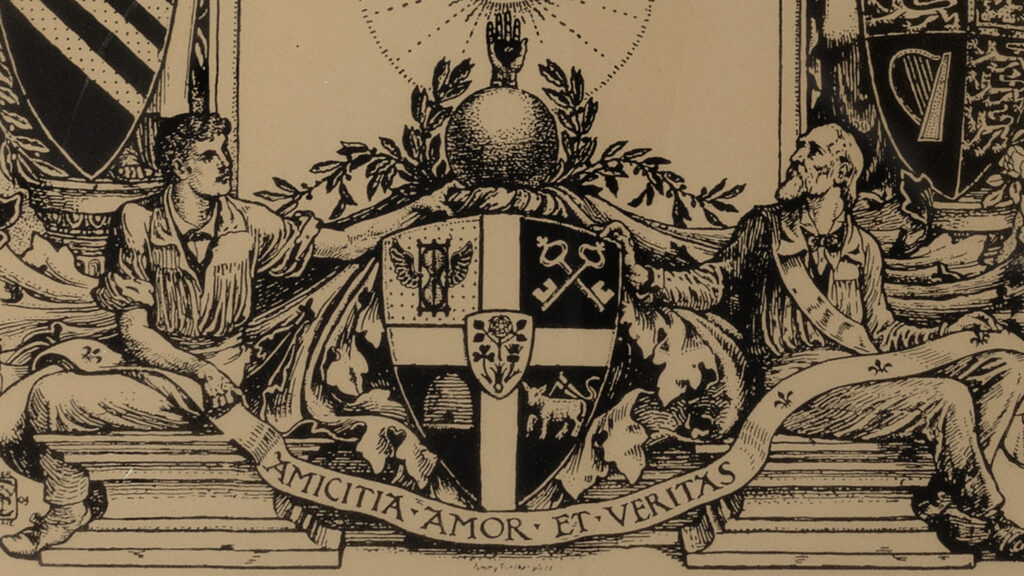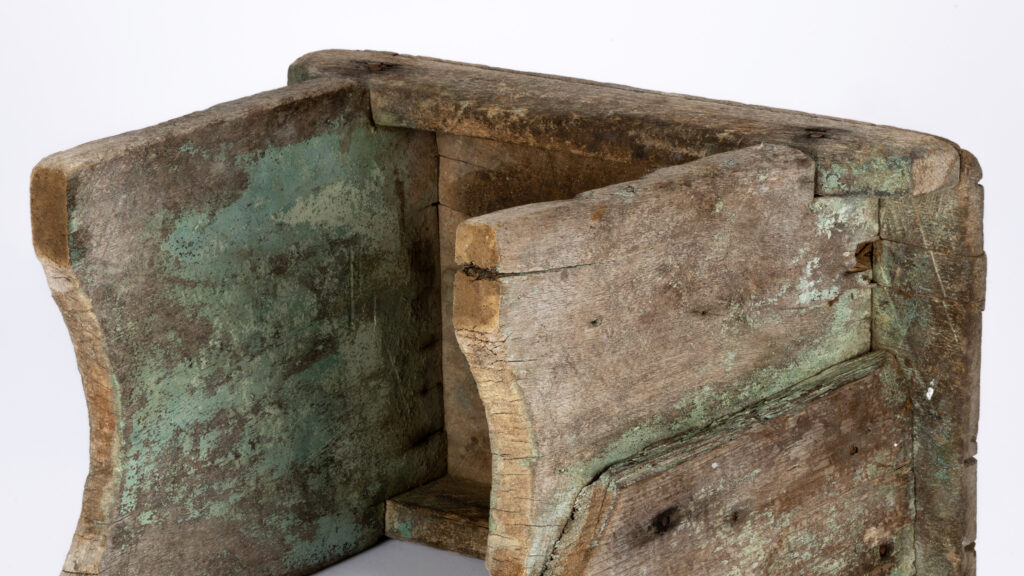
Prickly pear (Opuntia stricta) was first planted in Australia in 1788 at the instruction of Governor Phillip as a food source for the insect used to produce red dye for the uniforms of British soldiers. However, by the mid-1920s, the invasive weed had spread far beyond its original industrial use to 24 million hectares – […]
Read More…
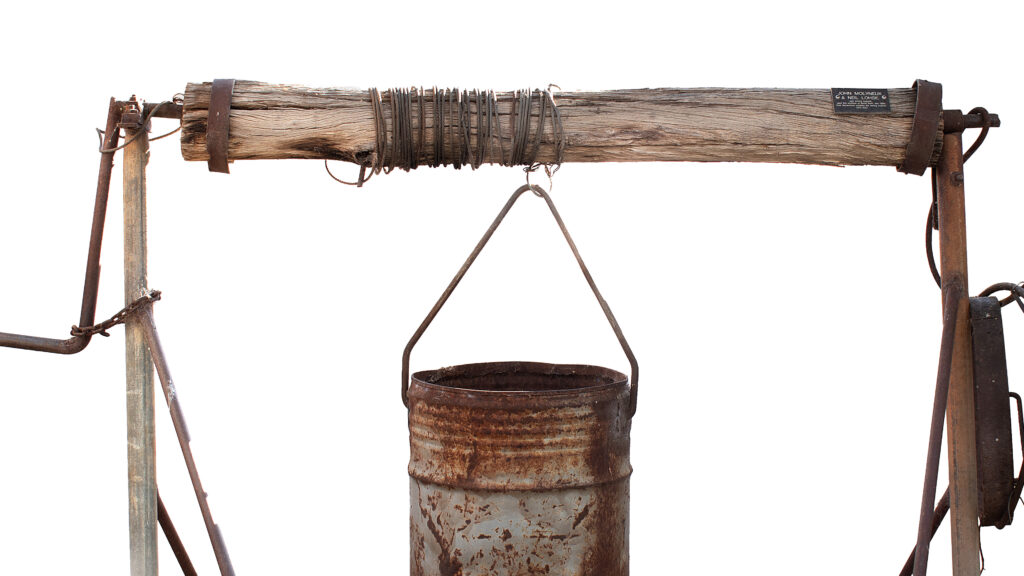
Known as the ‘miner’s mate,’ windlasses started to spring up on the morrillas (limestone ridges) of the Yuwaalaraay lands known as Wallangulla in 1900. Fast forward nine years, and the skyline of what had become known as ‘Lunatic Hill’ was littered with them. Used to winch up dirt-encrusted opals in ox-hide buckets to be picked […]
Read More…

Victorian goldminer Charles Waterhouse Nettleton (1862-1946) arrived on Mt Browne’s Albert gold fields west of Milparinka in New South Wales sometime before it closed down in 1893. He was a solitary man, a prospector, so wandered southeast to White Cliffs, the home of milky opal, and his new interest. But gold was in his blood […]
Read More…
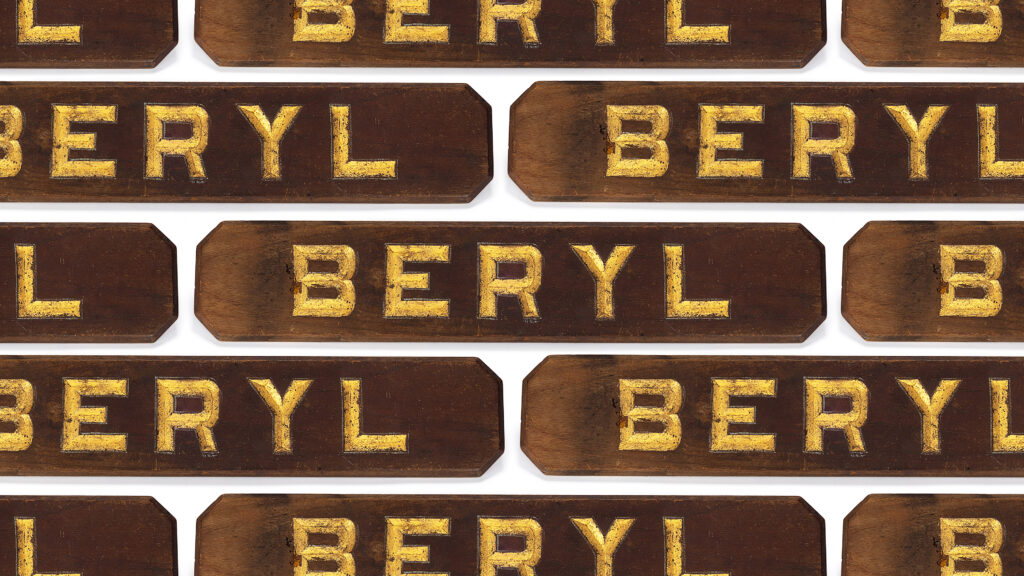
Owned and operated by ‘Bill’ Hickey (William 1886–1973) from the 1910s to 1955, the timber launch known as Beryl was used to transfer people, goods, and the mail, across the Clarence River from Yamba to Iluka. She ran this route in tandem with her sister motor-launch the Phfrane (pronounced Fray-nee), also owned by Bill. Europeam […]
Read More…

In the early 1900s, the newly minted nation of Australia was besieged by a plague of rabbits. The fleet-footed creatures knew no borders and their spread had been unwittingly assisted by pastoralists waging war on dingoes, which had removed a predator from the food chain. Used in Spring Plains, near Narrabri, in the 1920s, this […]
Read More…
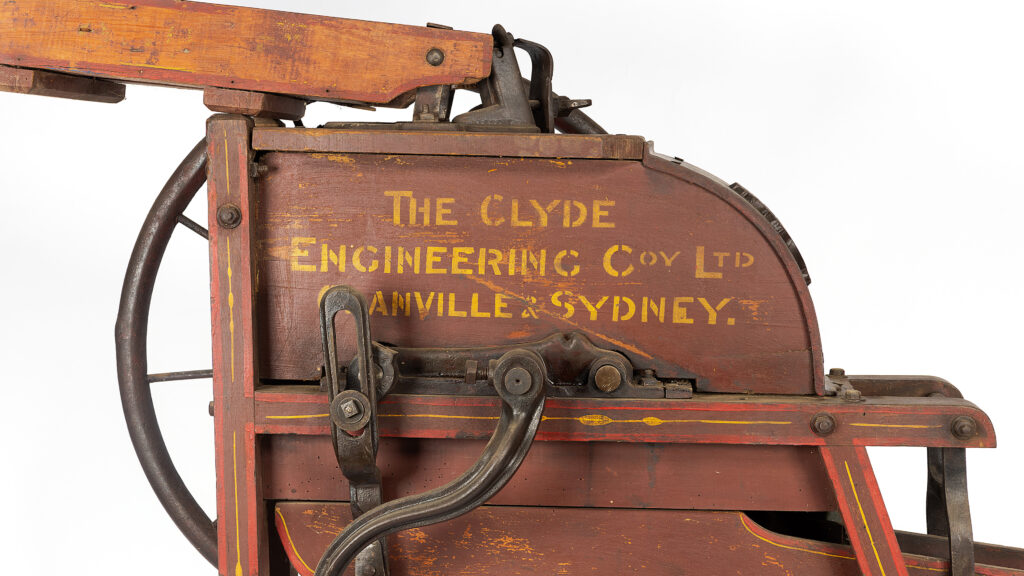
The Clyde Engineering Co. began with ‘Hudson Brothers,’ a small woodworking shop in the Sydney suburb of Redfern in 1855, with William Henry Hudson at its helm. Initially, Hudson Brothers focused on woodworking; the company designed and manufactured windmills and ploughs, and landed iconic projects like the Great Hall at Sydney University and the Garden […]
Read More…
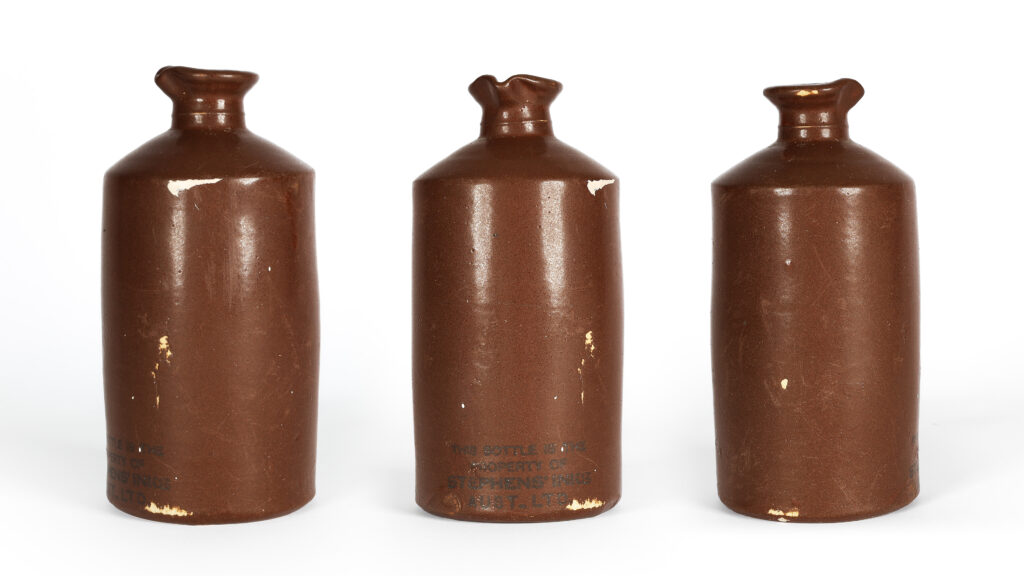
Trained as a medical doctor, Henry Stephens (1796-1864) relocated his rural medical practice to London in 1829 and started experimenting with inks and transparent stains for timber. Stephens’ tinkering bore fruit when he invented an indelible ink that wrote in blue and dried black. His work was groundbreaking; until then, inks were neither permanent nor […]
Read More…
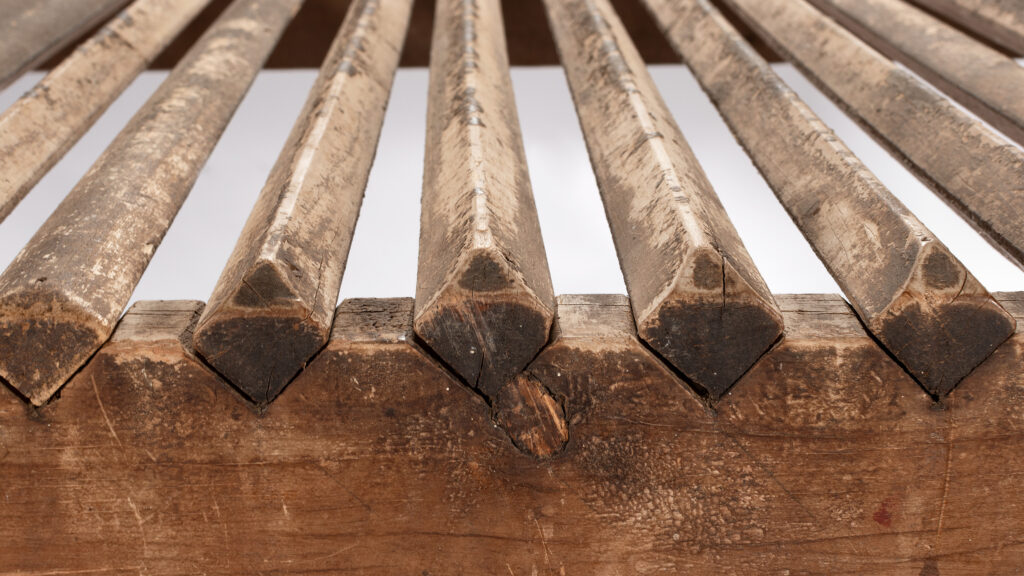
Drought, floods and bushfires are part and parcel of a grazier’s life in north-western New South Wales. In the colony’s early days, if the weather didn’t get to the sheep, dingoes often did. As the settlers gradually eradicated the dingoes, rabbits spread like a veritable plague on the land, eating all the grasses. Hungry sheep […]
Read More…








